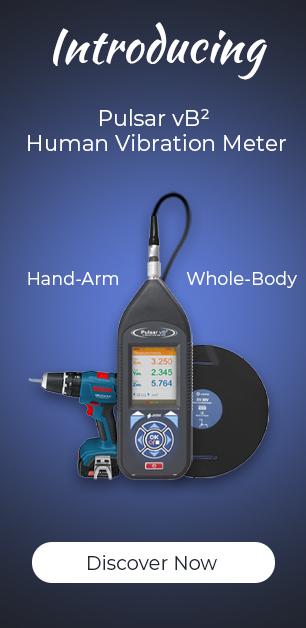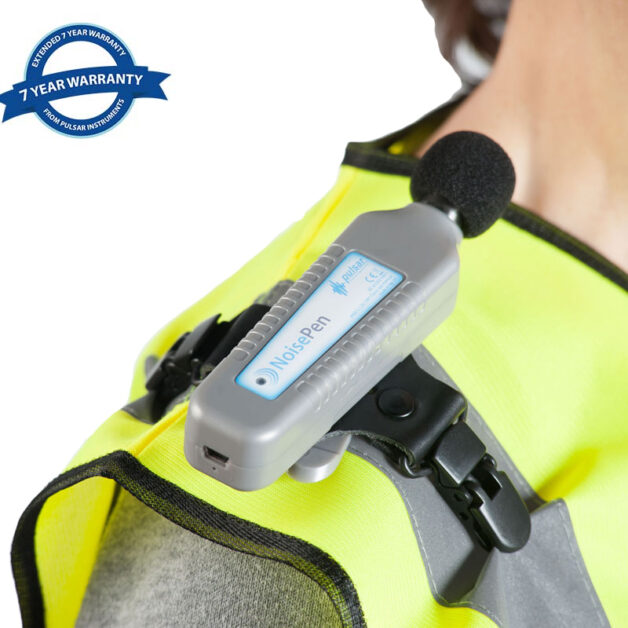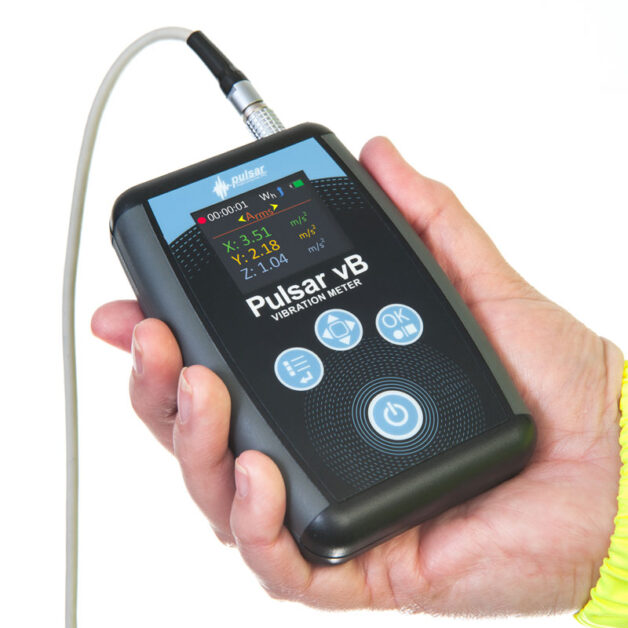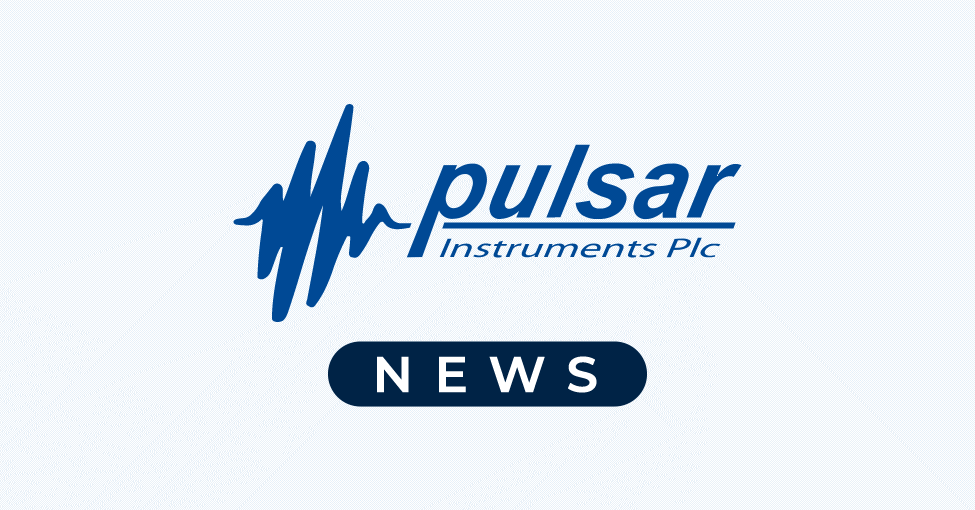How to avoid Noise-Induced Hearing Loss in the Hospitality Industry
Workers in the hospitality industry, especially those who work in pubs or nightclubs, are often exposed to hazardous levels of noise that put them at risk of permanent hearing damage.
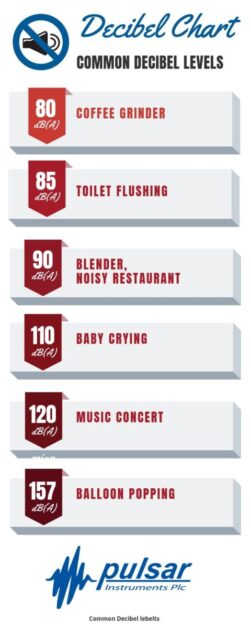
Exposure to continuous loud noise at work can cause permanent hearing loss. This isn’t only a risk in traditionally noisy workplaces (like mines, factories and manufacturing), it can also happen to workers in the hospitality and service industries who work in pubs, clubs, cafes and restaurants.
Bars, restaurants and nightclubs can all be noisy enough to damage hearing in unprotected workers. Often noise levels can be above 85 decibels during an eight-hour shift for instance if music is playing, espresso coffee machines are brewing, and cutlery and plates are clattering. (For reference, a typical conversation is around 60 dB(A)).
This level of noise isn’t helped by the interior design of many establishments. Anyone who eats out regularly or frequents coffee shops, for example, will have noticed increased noise levels over the last decade or more; modern places tend to favour open spaces and shiny hard surfaces that reflect sound and amplify noise over and above the traditional acoustic ceiling-tiled, carpeted and linen-wrapped older establishments.
How to prevent hearing loss
Hearing loss can be prevented if employers and workers collaborate to control noise exposure.
Employers responsibilities:
- Employers must understand their responsibilities under the EU Noise at Work Regulations and other international legislation:
- Employers must carry out a Noise at Work Assessment using a noise level meter and /or noise dosimeters to understand the noise levels their staff are exposed to.
- Employers are required to make hearing protection available should noise levels reach or exceed 80dB(A), and if they reach or exceed 85 dB(A) they must make their employees wear it.
- Employers should make every effort to reduce noise at the source where possible (and not rely on hearing protection as ‘the go-to solution’.
- Employers should carry out training with staff on the impacts of noise and make available relevant information on prevention of hearing loss (e.g. the correct way to wear hearing protection).
- If noise levels regularly exceed 85dB(A), employers should carry out baseline hearing tests when staff are employed, and annually thereafter, and finally when they leave, to establish if any damage to hearing has occurred.
Employees responsibilities:
- Employees must wear hearing protection if they are offered it.
- Employees must attend training and education sessions when (and if) they are organised for them.
Choosing hearing protection
Bartenders, servers, musicians and other workers are often reluctant to use hearing protection because they believe that it is uncomfortable, ‘uncool’ and might make it difficult for them to communicate with their customers. Therefore, for staff working in these noisy environments choosing the correct level of attenuation as well as a style that is comfortable and that they like is vital.
Employers should provide hearing protection that brings noise levels at the ear down to around 70dB(A), this means choosing protection with an SNR value of between 15-20. Pulsar Instruments has put together a guide for how to choose the correct level of hearing protection.
Studies in Canada by WorkSafeBC have shown that when noise levels reach 90 dB(A) or higher, wearing hearing protection actually improves employees ability to hear speech as it reduced the distortion our ears receive at high noise volumes. There are also reportedly, hearing protection devices that employees can wear that will cancel out background noise, but still allow them to hear what their customers are saying.
Hearing loss risk
The risk of hearing loss depends on the noise level and how long the employee is exposed to it. The following table shows how long employees without hearing protection can be exposed to noise without risk of hearing loss.
Maximum daily unprotected exposure time by noise level (in dB(A)).
| Noise Level (dBA) | Maximum Exposure Time per 24 Hours* |
|---|---|
| 85 | 8 hours (mandatory hearing protection level) |
| 88 | 4 hours |
| 91 | 2 hours |
| 94 | 1 hour |
| 97 | 30 minutes |
| 100 | 15 minutes |
| 103 | 7.5 minutes |
| 106 | 3.7 minutes |
| 109 | 112 seconds |
| 112 | 56 seconds |
| 115 | 28 seconds |
| 118 | 14 seconds |
| 121 | 7 seconds |
| 124 | 3 seconds |
| 127 | 1 second |
| 130–140 | less than 1 second |
| 140 | NO EXPOSURE |
*without hearing protection.
Employers who do nothing about noise control or protecting their employees are at risk of hefty fines for breaching Health and Safety Regulations. Under these Regulations, premises must have recently completed a valid risk assessment for noise at work.
Key solutions for Noise-Induced Hearing Loss in the Hospitality Industry
Employers shouldn’t rely on hearing protection alone to protect their workers, in addition, they should have a noise control (hearing conservation) programme including:
- Identifying what the noise levels are and their sources using a noise level meter and/or a noise dosimeter
- Provide education and training
- Look for engineered noise control solutions (e.g. acoustic panels) or natural solutions (e.g. soft furnishings and carpets)
- Use noise activated warning signs to create warn of noise-hazard areas
- Keep records of hearing tests results.

